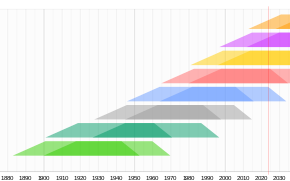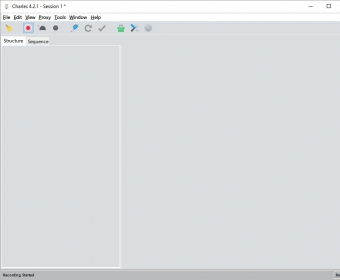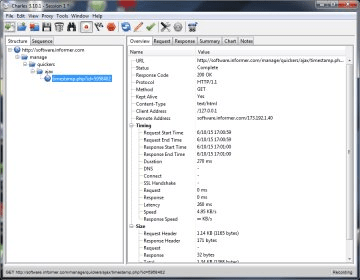

For Ethernet variants transmitting serial bits instead of larger symbols, the (uncoded) on-the-wire bit pattern for the preamble together with the SFD portion of the frame is 10101010 10101010 10101010 10101010 10101010 10101010 10101010 10101011 : sections 4.2.5 and 3.2.2 The bits are transmitted in order, from left to right. It is followed by the SFD to provide byte-level synchronization and to mark a new incoming frame. The preamble consists of a 56-bit (seven-byte) pattern of alternating 1 and 0 bits, allowing devices on the network to easily synchronize their receiver clocks, providing bit-level synchronization.

This option is not illustrated here.Įthernet packet – physical layer Preamble and start frame delimiter Īn Ethernet packet starts with a seven-octet preamble and one-octet start frame delimiter (SFD). IEEE 802.1ad (Q-in-Q) allows for multiple tags in each frame. Field sizes for this option are shown in brackets in the table above. The optional 802.1Q tag consumes additional space in the frame. Some implementations of Gigabit Ethernet and other higher-speed variants of Ethernet support larger frames, known as jumbo frames.Ĩ02.3 Ethernet packet and frame structureĮthertype ( Ethernet II) or length ( IEEE 802.3) The table below shows the complete Ethernet packet and the frame inside, as transmitted, for the payload size up to the MTU of 1500 octets. The internal structure of an Ethernet frame is specified in IEEE 802.3.

Ethernet transmits data with the most-significant octet (byte) first within each octet, however, the least-significant bit is transmitted first. A data packet on the wire and the frame as its payload consist of binary data.


 0 kommentar(er)
0 kommentar(er)
